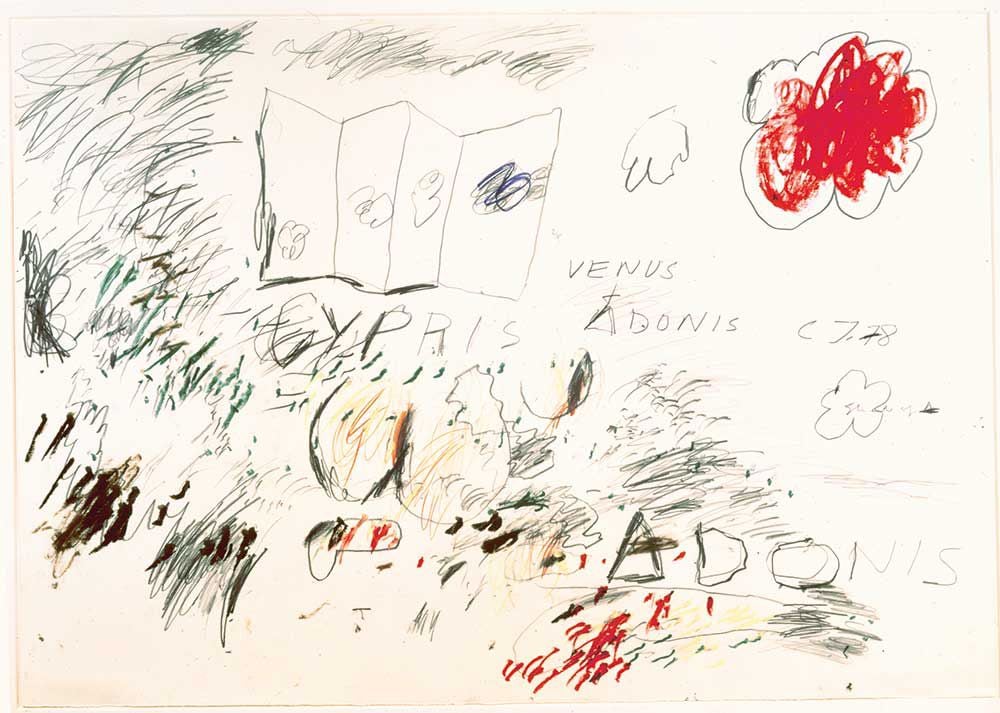@xinwei Thanks for sharing the link to the
Holodeck. I think it would be a fruitful exercise to distinguish between what we desire and dream about and the expressed desires and dreams of the NYU group. One thing that immediately comes to mind is that the term “
Holodeck” conjures very different cultural artifacts and theories than Garrett’s term “
Diagrammatic” does. This is not just a matter of
cultural distinction: a high-culture reference to the ideas of French philosophers vs. a low culture reference to Star Trek. NYU’s
Holodeck website features the term “verisimilitude” and it is “verisimilitude” that they are after when they seek to create “immersive environments” that advance “high-fidelity simulation”. The Stark Trek
Holodeck is all about “verisimilitude”. I, for one, haven’t any interest in verisimilitude. Understand that "verisimilitude" implies a simulation being
truly like what it represents, like a holographic simulation of a battle that "looks and sounds just like a real battle does".Deleuze and Guattari’s diagrams aren’t “true likenesses” (
verus +
similis). D+G’s diagrams are rough sketches (
think of Leonardo Da Vinci’s sketches) at their most “verisimilar”, when most like what they are describing; and they are gestural abstractions (
think of Cy Twombly's paintings) at their least “verisimilar”, when least like what they are describing. To use a more scientific example: a
phase portrait of pendular motion is a kind gestural abstraction that is not "verisimilar" to what it describes, that is not a "true likeness" of what it describes.An immersive environment for creating gestural abractions with others is one thing, an immersive environment for verisimilar simulations of phenomena is another thing altogether. The former is what I am after. (edited)




